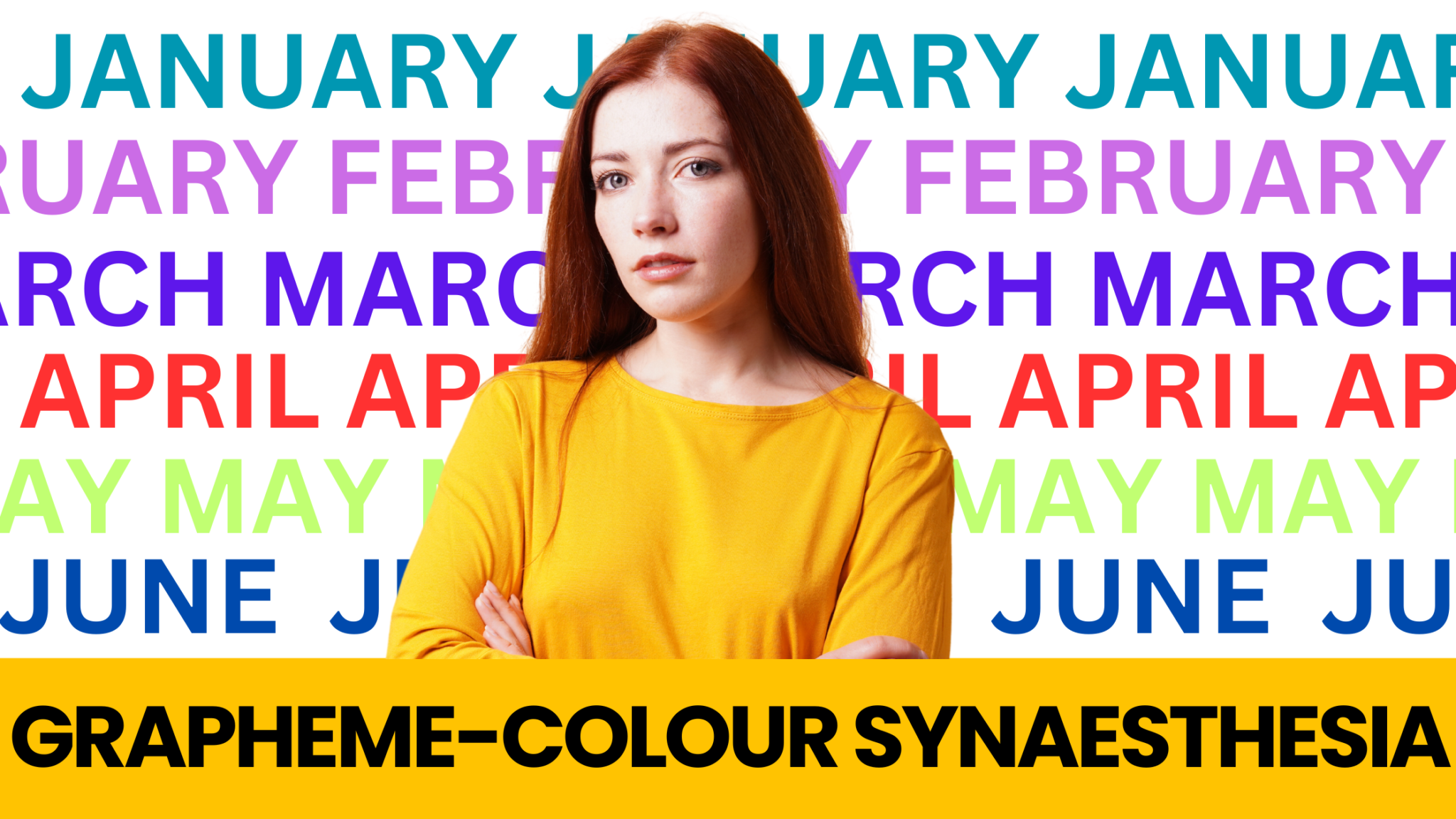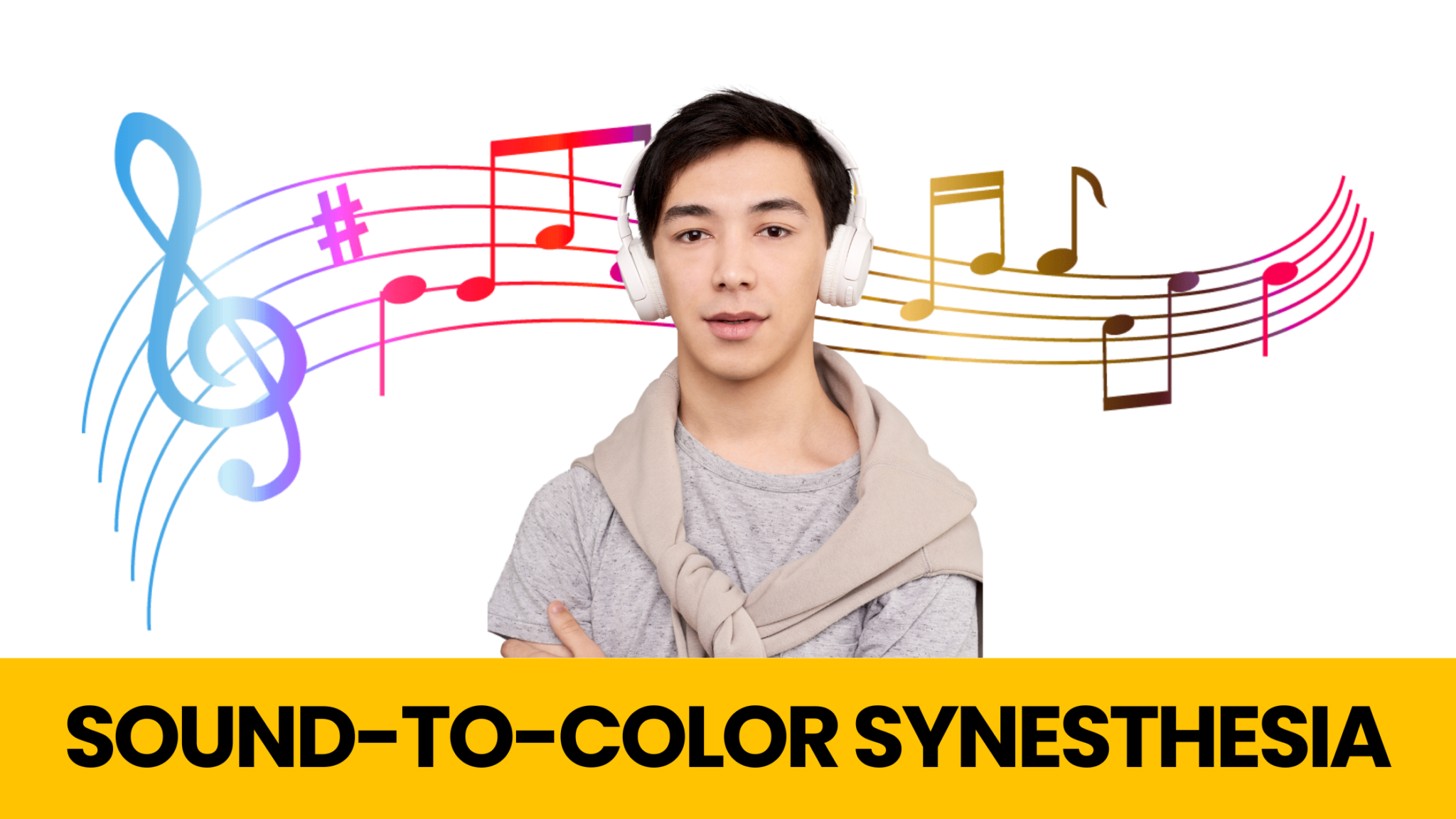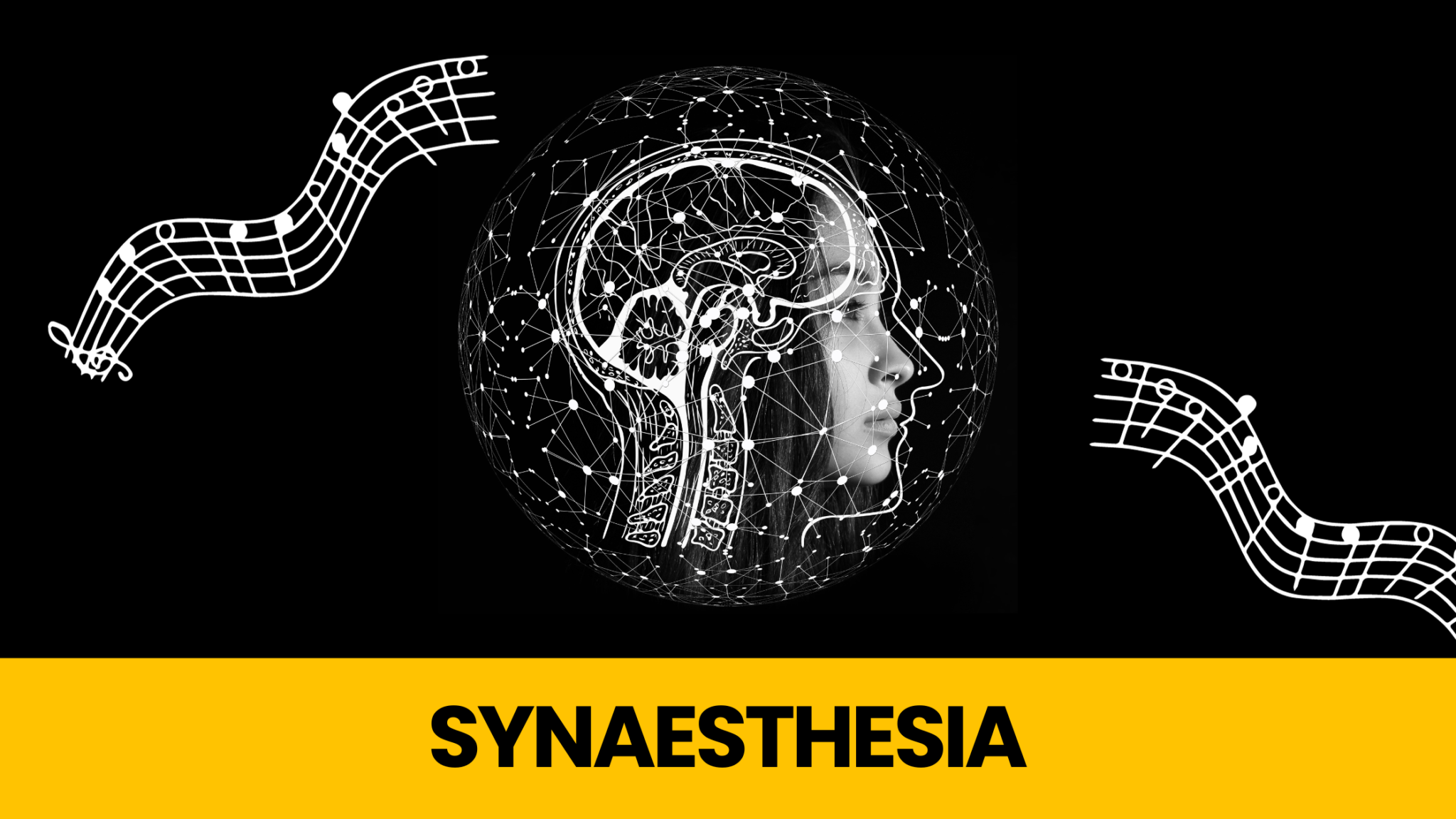Synaesthesia is a condition where instead of just one sense getting activated by a stimulus, another unrelated sense also gets activated simultaneously in the brain. For example, when a person sees the number 3, he also hears a certain kind of music associated with that number. It has been reported that almost 2-4% of the population has synaesthesia. The synaesthetic response happens involuntarily in the person.
Causes of Synaesthesia
The exact cause of Synaesthesia is not yet concluded upon but there are several theories about it.
1. According to one of the theories, it occurs due to an increased number of connections in the brain. In the average brain, there are a limited number of connections between different regions of the brains, but in the brains of synaesthetes there is an increase in the ‘cross communication’. The word “cross-wiring” between different regions of the brain is used to explain the different types of synaesthesia.
2. Another theory says that synaesthesia occurs due to the rearrangement of the architecture of the brain. There are multiple inputs of sensory information carried to the brain, where it later segregated into specific regions of the brain for interpretation. A person who has synaesthesia is known as a synesthete. In synaesthetes, this multisensory feedback instead of getting segregated into a specific sense, gets jumbled up.
3. The third theory states that all people have the connections in the brain that allow them to connect various sensory information but only synaesthesia have the ability to use these connections.
Types of Synaesthesia
There are various forms of synaesthesia. It is classified in two broad classes such as Projective and Associative synaesthesia. In Projective synaesthesia, the person literally sees a colour, shape, hears sound, or feels a texture in response to a particular stimulus. In Associative Synaesthesia, a person strongly associates one stimulus with another but does not really experience it.
Let us have a look at the various forms of Synaesthesia
Grapheme-Colour Synaesthesia is the most common type of synaesthesia. In this type, the synesthete associated letters and numbers with colours.
In this type of synaesthesia, “cross-wiring’ occurs between numbers region and the colour region of the brain. Some people with Graphene- colour Synaesthesia have been claimed to have more grey matter in the fusiform gyrus.

This is the region of the brain that is associated with the processing of visual information. It is also said that people with synaesthesia are better at distinguishing between different shades of colours than others.
Chromesthesia is also known as sound to colour synaesthesia. In this type, when a person hears a particular sound, the person experiences a colour. People with Chromesthesia may be very good at identifying the various notes in music.

Spatial – Sequence Synaesthesia– deals with the arrangement of numbers or objects in a specific place in space. For example, the individual may have a dedicated region for each month of the year or day of the week around him. The person sees these allotted spaces through the mind’s eye.
Test for Synaesthesia
How do you know if a person really has synaesthesia? It is very likely that the person who has synaesthesia does not know it himself/herself. The person likely thinks that everyone around him thinks in the same way. Hence, it is most often discovered later on in life.
There is no way of knowing if a person genuinely has synaesthesia, and one has to believe what the person says. It is important to note that the synesthetic response in a person will be automatic and highly reproducible. A test called “Test of Genuineness” or TOG is used for the assessment of Synaesthesia.
Famous Personalities with Synaesthesia
Authors– Vladimir Nabokov had Grapheme -colour Synaesthesia, synaesthesia also ran in his family, with his mother and son having chromesthesia. He mentions it in His biography called “ Speak, memory”
Musicians– Billy Joel. For him, songs created a world of colours. He also had graphene colour synaesthesia where words that ended with vowels had certain shades associated with them.
Pharrell Williams has chromesthesia, he sees colours when he listens to music. He doesn’t consider synaesthesia a disorder rather uses it as an asset for creating his music.
Artists– It has been claimed that the famous painter Vincent Van Gogh also had synaesthesia, which has been claimed from patterns seen in his paintings.
Synaesthesia is a fascinating condition that allows people to experience the world in a unique way. It is not a disorder, and it does not cause any harm to the person who has it. In fact, some people with synaesthesia find that their condition gives them an advantage in certain areas, such as music and art.
Read more Articles
1. Read about 5 Famous Artworks of Scientific Significance
2. Read about the Did You Just Spot a Cheetah a Leopard and a Jaguar
3. Read about the The Secret Lives of Tardigrades
4. Read about the Chlorophyll and Haemoglobin – An Unlikely Connection
5. Read about the A Brief Glimpse into the World of Neuromarketing
References
https://www.livescience.com/60707-what-is-Synaesthesia.html
https://thepsychologist.bps.org.uk/volume-28/february-2015/surprising-world-synaesthesia
https://www.betterhelp.com/advice/Synaesthesia/the-many-types-of-Synaesthesia-explained/
https://encrypted-tbn0.gstatic.com/images?q=tbn%3AANd9GcTpOTfQocPpcty4mGABY4sg72CuMRzQkZY5sFySW6Xz4fyGfoD0
About Author
Saunri Dhodi Lobo is pursuing M.Sc in Life Sciences with specialization in Neurobiology. Her interests include writing poetry, going for nature walks and swimming. Currently she is involved in research on Alzheimer’s Disease in fruit flies.
Read all Articles by Saunri Dhodi Lobo

